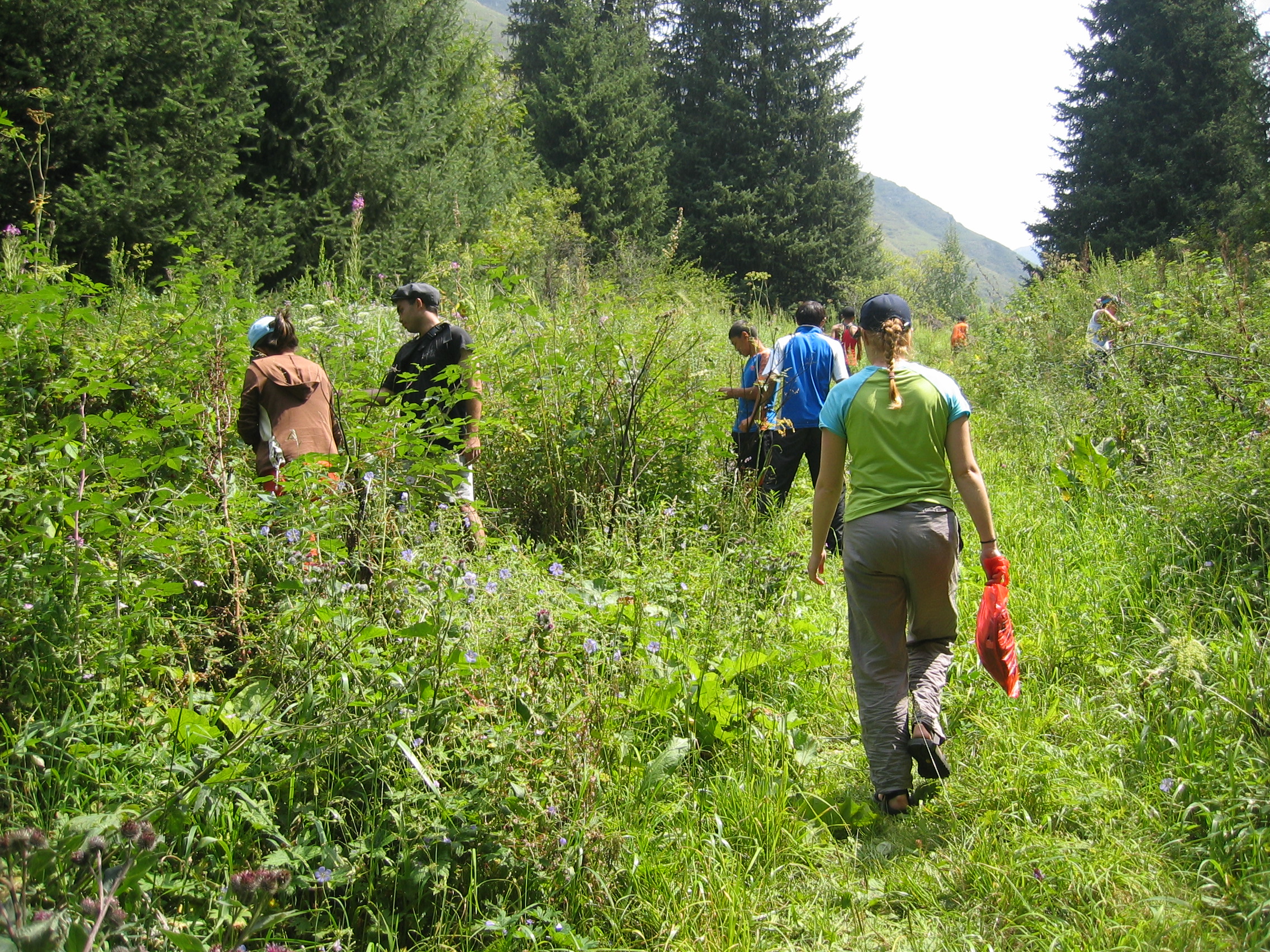Managing expectations and benefit-sharing
It is important to ensure that the expectations of all stakeholders are managed before, during and after partnerships and that all stakeholders are aware of the benefits and that a clear, equitable, transparent benefit-sharing system is in place before benefits start being received. The solution recognises the realities of the importance of community support for conservation and tourism and aims to ensure that neighbouring communities value conservation areas and thus will ensure their long-term sustainability. It also endeavours to achieve finding ways to translate conservation and ecotourism successes into meaningful, real and visible socio-economic benefits for local communities. Various NGOs (IRDNC, WWF, etc.) and government (MET) were involved during the initial stages of negotiations to assist the Torra Conservancy with dealing with the private sector. Regular joint management committee meetings ensure that all stakeholders meet regularly to manage expectations, discuss the partnership and deal with any issues which may arise. There were/are still however instances when communication could be improved to manage expectations even more efficiently.
On-going, regular communication
A clear, transparent, equitable benefit-sharing scheme
Assessing, managing and adjusting expectations over the life of the project to ensure that all stakeholders are included and understand the processes.
Role clarity for all stakeholders to ensure an understanding of role, rights and responsibilities
Those with little understanding of tourism need to be informed of the costs involved in starting a tourism project and the potentially long delay before returns are realized.
It is critical to have a clear understanding of all stakeholders expectations from the beginning, with ongoing communication and engagement to manage these expectation as time progresses.
Communities are not homogenous and are constantly evolving, with changing needs and wants, which need to be factored in to the JV agreement over time, through regular meetings, ongoing discussions, training and skills development.
